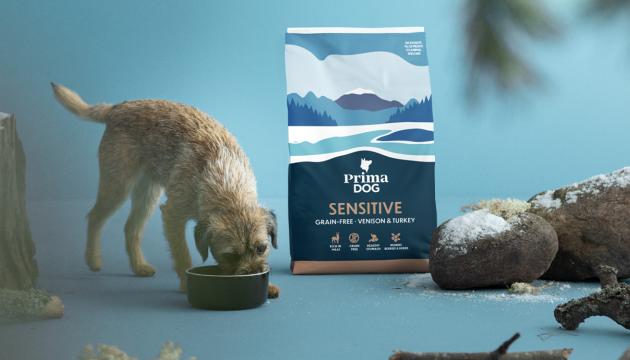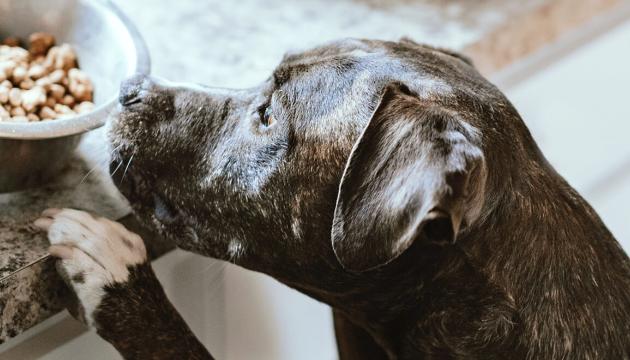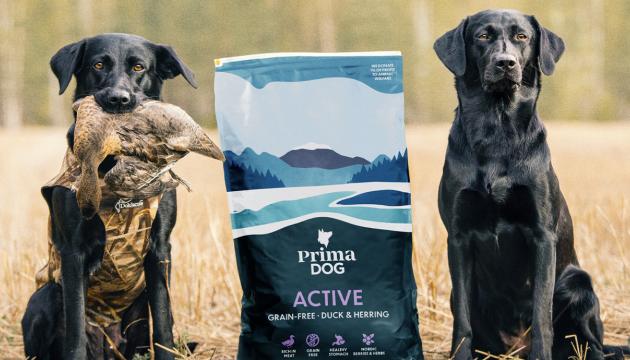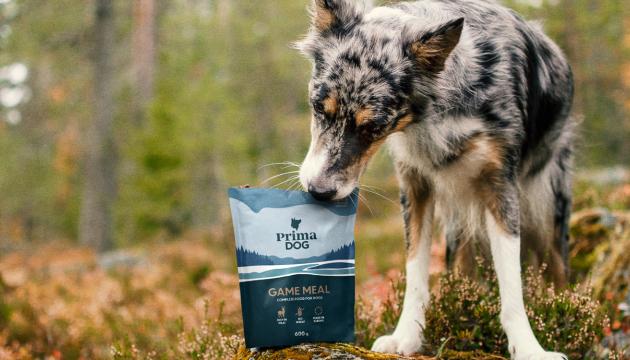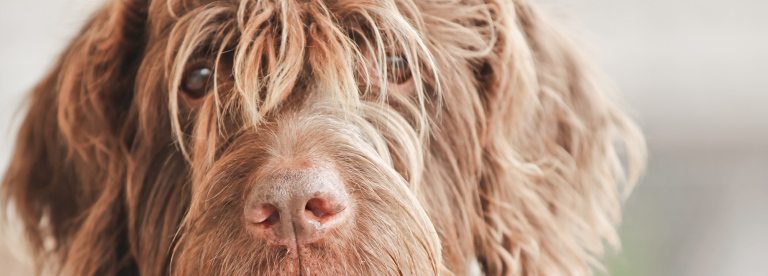

How to clean the dog’s ears and other dog grooming tips
Caring for a dog involves a bunch of necessary tasks, like trimming the nails, cleaning the dog’s ears, bathing the dog, and sometimes looking after the dog’s eyes. This article has got some hands-on tips on how to clean the dog’s ears and how to handle other everyday dog grooming activities.
Looking after your furry friend's teeth is a key part of life with a dog. Find out how chew bones can help with your dog's dental health.
How to clean the dog’s ears?
Dogs have a fascinating variety of ears - there are pricked ears, button ears, rose ears, and all sorts of floppy ears. Keeping an eye on your dog's ears is important, as ear issues are often why dogs end up seeing the vet. So, you should know how to clean the dog’s ears if necessary.
If your dog's ears are healthy and clean, they do not really need cleaning. But, dogs with big floppy ears tend to get ear infections more easily than those with pricked ears, so it is especially important to regularly clean and check the ears of dogs with floppy ears.
How to clean the dog’s ears – step by step
- When cleaning your dog’s ears you need the right ear cleaning solution and a cotton ball.
- Pour a little bit of the solution into your dog's ear, and then gently massage the ear to spread it around the ear canal.
- The sensation of the liquid might feel a bit weird to your dog, so hold the dog’s head softly to help it stay calm while the solution does its thing.
- After the cleaning, dogs often shake their heads, which is a great way to shake out any lingering ear dirt.
- If you want to help get the dirt out, you can gently wipe the inside of the ear with a cotton ball. Just be careful not to push the cotton too far into the ear, as you do not want to accidentally push the dirt deeper into the ear canal.
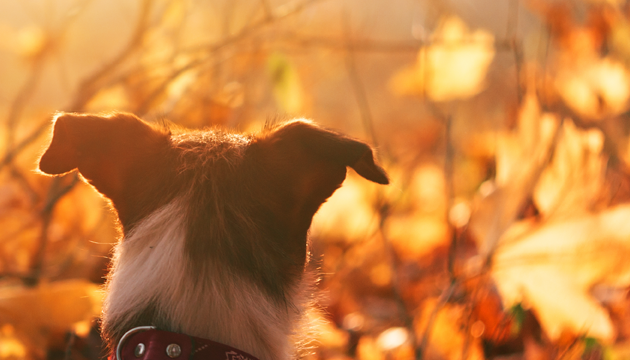
Why is my dog itching its ears?
If you notice your dog scratching its ears a lot or shaking its head more than usual, it could be something like an ear infection, ear mites, or maybe an allergy.
Ear mites are more common in cats than in dogs, and many dogs end up catching this pesky parasite from the family cat. A reddish gunk in the ear that looks a bit like coffee grounds is a typical sign of ear mites. If you suspect your furry friend might have ear mites, it is best to get treatment from the vet. Keeping up with regular ear cleaning and checks for your dog can help prevent ear mites from making themselves at home in your dog's ears.
Dog ear infection
When it comes to ear infections in dogs, watch out for signs like scratchy ears, a bit of a stink, redness, and lots of gunk in the ear canals. The usual troublemakers are yeast, bacteria, and those pesky ear mites.
Dogs with long fur and floppy ears are more likely to get ear infections, so remember to learn how to clean a dog’s ears. If you think your four-legged friend might have an ear infection, it is a good idea to pop over to the vet.
Also, do not forget to give your dog's ears a good dry after the dog has had its fun in the water. A damp and warm ear is like a welcome mat for bacteria and yeast. For dogs that often get ear infections, a solid routine of cleaning and checking their ears can really help keep those infections at bay.
Did you know that if your dog has allergies or food sensitivities, it might keep getting ear infections? Swapping to grain-free dog food could help ease those symptoms. Have a look at our tips for feeding a dog with a sensitive stomach.
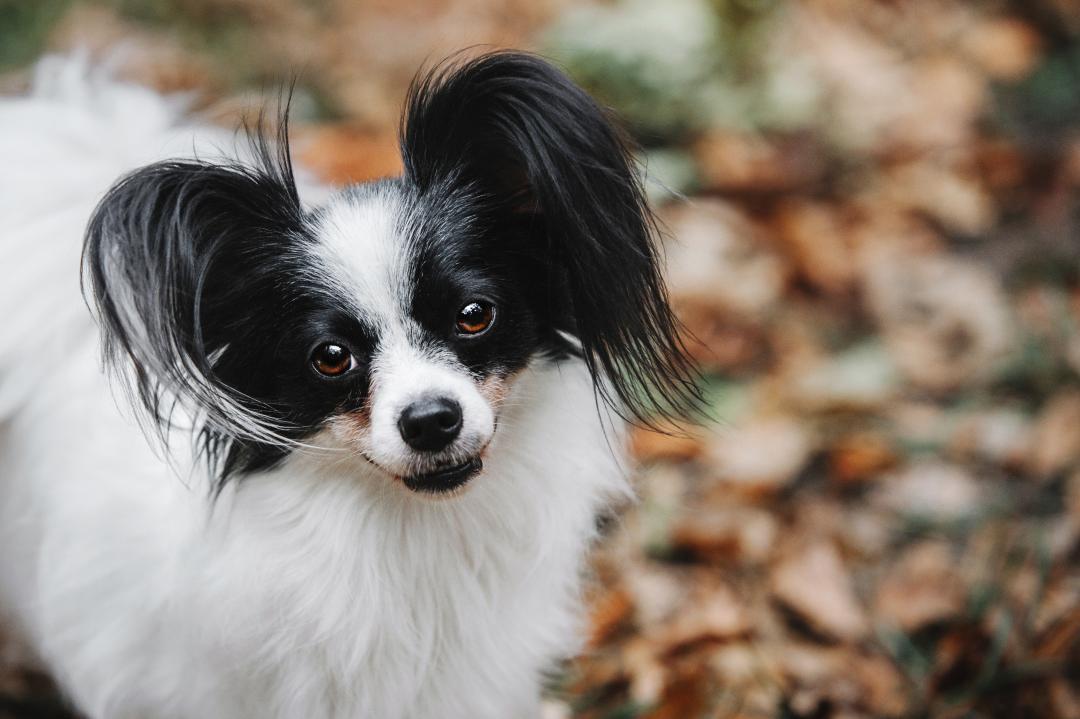
Dog eye care
If your dog's eyes are looking bright and clear, they are probably all good and do not need any special fuss. Just like us, it is pretty normal for dogs to have a bit of sleepy dust in their eyes in the morning. You can easily wipe it away with a damp cotton pad.
Things like dusty or dry air, allergies, and bacteria can cause your dog's eyes to get a bit gunky or watery. If your dog's eyes look sore and red, or if they are tearing up a lot and staining the fur underneath, it might be time for a vet visit.
Got a long-haired sofa king or queen at home? Make sure the dog’s long fur is not bothering its eyes. Trimming the hair around the eyes can help, and for those with a bit of a 'fringe', tying it up with a hair band works great. Regularly clean around your long-haired dog's eyes and check to see if any stray hairs or other bits are causing any trouble.
Dog eye infection
If you spot a yellowish or greenish gunk coming from your dog's eyes, it could be a sign of an eye infection. The dog will often try to rub or scratch the sore and red eye. Also, if your dog starts squinting or suddenly has eye discharge or seems to be in discomfort, it might mean an infection or maybe some other eye injury. Whenever there is something up with your dog's eyes, like infections or injuries, it is always best to get the dog checked out by the vet.
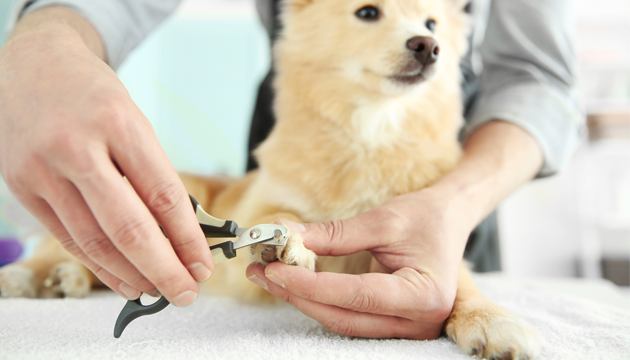
How to cut the dog nails?
Dogs' nails grow at their own unique pace, with things like how active they are and where they walk playing a part. For instance, nails wear down quicker on asphalt compared to a soft forest trail.
It is generally a smart move to get the nail clippers out every couple of weeks. Keep an eye on your dog's dewclaws (those spurs that do not touch the ground) as they might need trimming more often than the other nails.
Long nails can be a real bother for dogs, because they are more likely to split and can even hurt the dog’s paws. It is best to give your dog's nails a little trim now and then, so the nails and the nail core do not have time to grow too long.
If your dog ends up with a torn or detached nail, it will probably need a trip to the vet, and getting that nail back in shape could take a fair bit of time.
Dog nails are made from keratin, and they need biotin and zinc to stay strong and healthy. If your dog is not getting enough of these, you might notice their nails becoming brittle and prone to cracking.
All PrimaDog dry foods are boosted with biotin and zinc, to help keep your dog's nails in tip-top shape. Have a look at our range of dry dog foods and treat your dog with a taste of Nordic happiness.
Keep an eye on the nail core!
There is a bunch of blood vessels and nerves inside your dog's nail. In light-coloured nails, you can spot the core as a pinkish bit, but it is trickier to see in dark nails.
The thing is, as your dog's nails grow, so does the core. Accidentally cutting into it can really hurt your dog, and it usually leads to bleeding. While it is not a big danger, stopping the bleed can be a bit of a hassle.
Oops, nicked the nail's core? No worries, just stay chill and treat your dog to some goodies. This helps your dog link the oopsie moment with something tasty. To stop the bleeding, you can whip up a little paste with cornstarch and water – it works a treat!
How to cut the nails of a puppy?
Get your dog used to nail clipping from an early age, so that clipping goes smoothly with an adult four-legged friend.
How do you get a puppy used to having its nails trimmed?
- Getting your puppy comfy with nail trims? Pick a time when the pup is all tuckered out and happy to chill, maybe on your lap.
- Begin by gently touching the puppy’s paws and nails. Once the puppy is cool with that, give it some treats and fuss to show them it is all good.
- Next, when the puppy is fine with its paws being handled, touch its nails with the clippers and treat the puppy with some snacks.
- Then, you can start with the actual trimming. Keep it laid-back, snip just a tiny bit at a time, and watch out for the nail core.
- Remember, keeping it relaxed and easy-going is the key so your puppy does not get all worked up and scared of the whole thing.
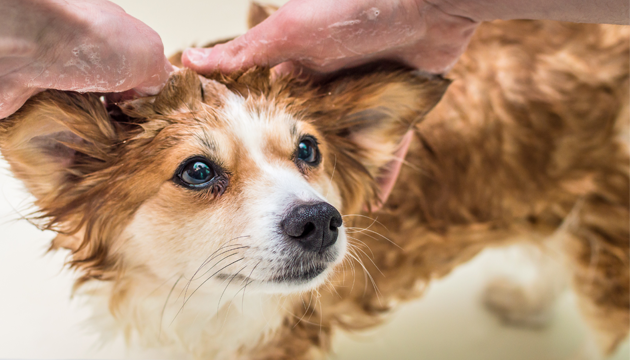
Dog bathing
The condition of your dog's skin, the type of the coat, and the dog’s hobbies all play a part in how often you need to give your dog a full groom, from snout to tail. For dogs with short fur, a wash a couple of times a year might be enough, but those with longer, thicker coats might need more regular baths. Also, if your dog has skin issues, more frequent baths could help.
How to bathe a dog?
When it comes to washing your dog, warm water and a shampoo made for dogs usually do the trick. It is best to steer clear of human shampoos, as they can be harsh on your dog's skin.
Alright, when you are all set with the shower and shampoo, here is a chilled-out way to go about it:
- First mix the shampoo with some water according to the instructions on the packaging, maybe in an empty plastic bottle.
- Give your dog's coat a good brush before the wash – it helps, especially since the dog’s fur can get more tangled when it is wet.
- Pop a towel or a plastic mat down in the wash area, so your dog does not slip around.
- Soak the dog’s fur all over with some nice warm water and apply the shampoo.
- Try to keep the dog’s head and ears dry. Water in the ears can cause ear infections.
- While the dog’s coat is wet, it is a good time to have a feel around for any lumps or bumps.
- For the dog’s face and ears, a damp cloth does the trick nicely.
- And finally, rinse the coat thoroughly.
Once you have finished shampooing, you could apply some conditioner, especially if your dog has got long hair. It makes the coat easier to manage and helps keep the dirt off. First things first, give the coat a good squeeze with your hands or a towel to get out most of the water. Then, work in the conditioner, let it sit for a bit, and give it a thorough rinse.
After the wash, grab some absorbent towels and give your dog a good, thorough dry. Do not forget to get between those toes and in the bends too. Using a dryer on a low heat setting can help shake out any loose hairs and stop tangles. Just be extra careful when drying a dog with a thick coat – you want to make sure the fur is completely dry to avoid any skin irritation or rashes.
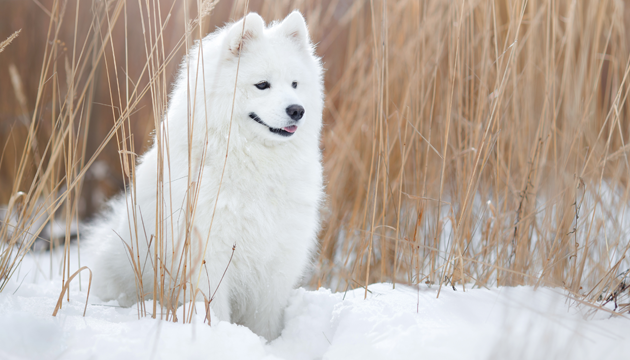
More tips for dog grooming
When it comes to looking after your dog's coat, the coat type is key. There are three bits to a dog's coat: the cosy undercoat that keeps the dog warm, the outercoat or the topcoat that shrugs off dirt and water, and those nifty whiskers. Not all breeds have an undercoat.
Dog coat types and how to groom them
- Long coat: The most time-consuming type of coat to care for, needing regular bathing and grooming. Breeds such as the fluffy Samoyed, the cute Maltese, and the tiny Yorkshire Terrier fall into this category. You can trim their hair shorter if you fancy a bit less work.
- Double coat: Sled dogs, many retrievers, and German Shepherds have a double coat. A good brush during shedding season and a wash now and then usually does the trick.
- Curly coat: Trimmed every 2–4 weeks. Curly coats can get tangled and dry out easily, so they need some extra love. Poodles, Bichon Frisés, and Portuguese Water Dogs are some of the curly-haired champs needing regular trims.
- Short coat: Dense, short coats are usually pretty easy to look after. Often, a good brush here and there, especially when they are shedding, is all you need. Labradors and Beagles are classic examples with this chill coat type.
- Wire coat: Feels rough and stiff. Breeds like Schnauzers and many terriers have coarse coats that often need a regular trim, usually by plucking.
If your dog's coat looks in poor condition for a long time, or if there is an unusual amount of hair loss, it is a good idea to contact a vet.
Sudden changes in the condition of the coat can sometimes indicate a variety of health problems, such as allergies, an inappropriate diet, illness, or hormone imbalance. Read more about different skin issues the dog might have.

